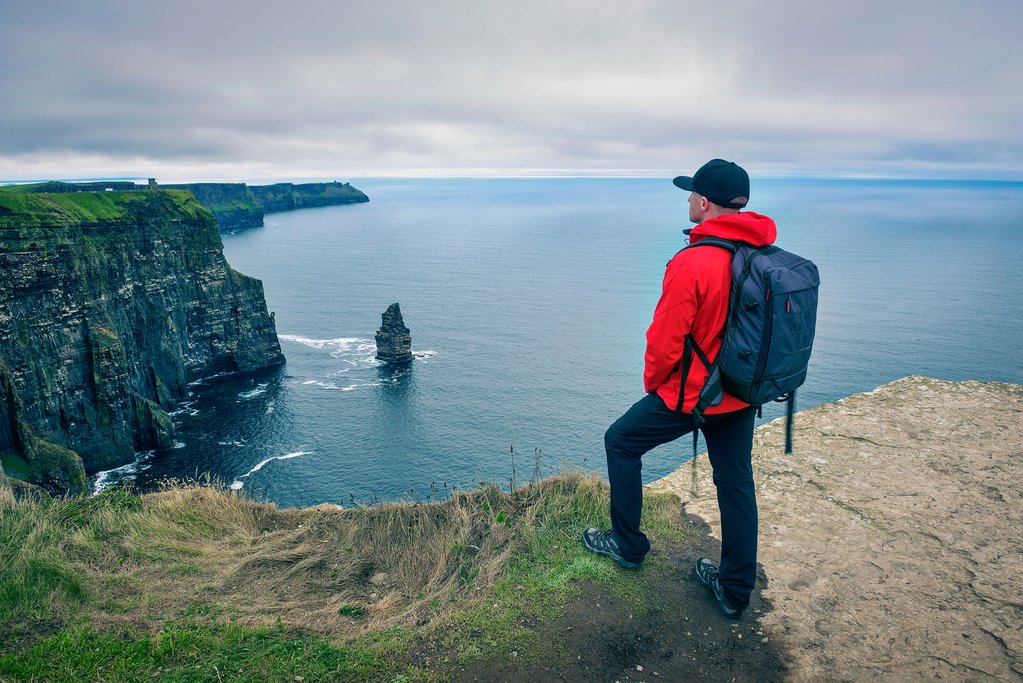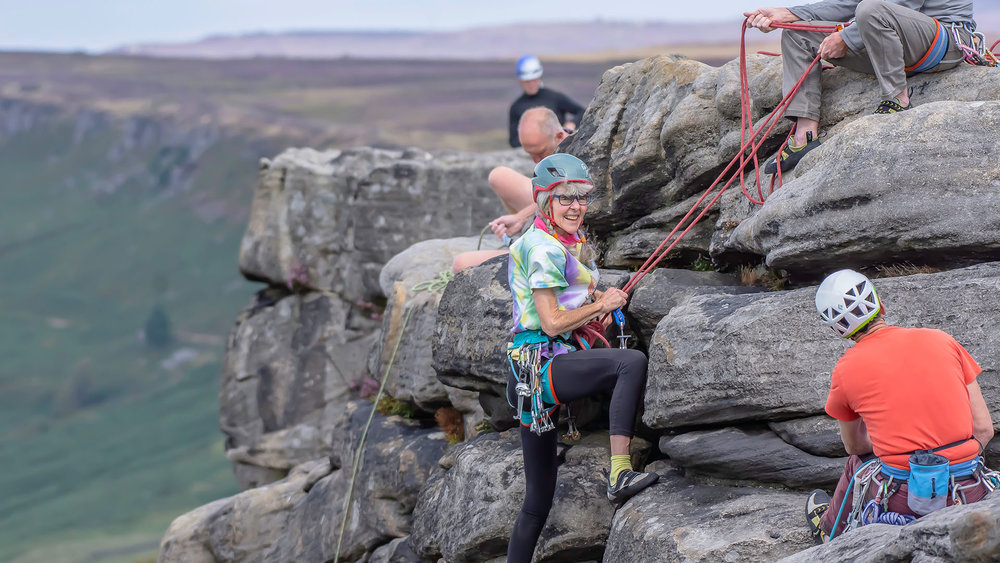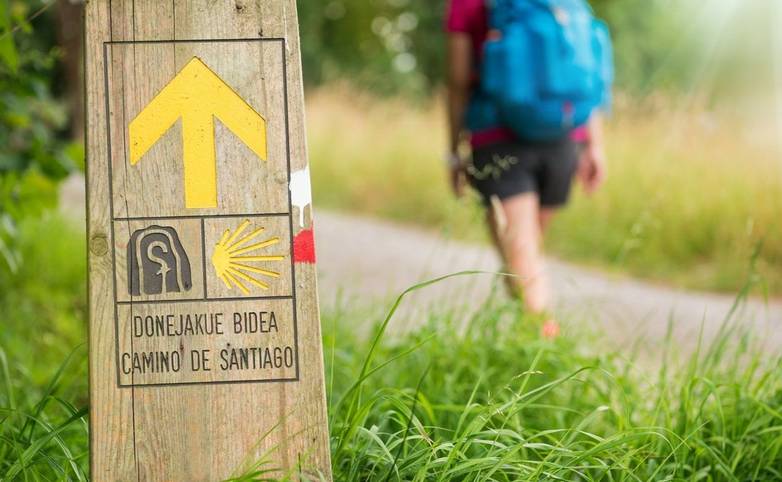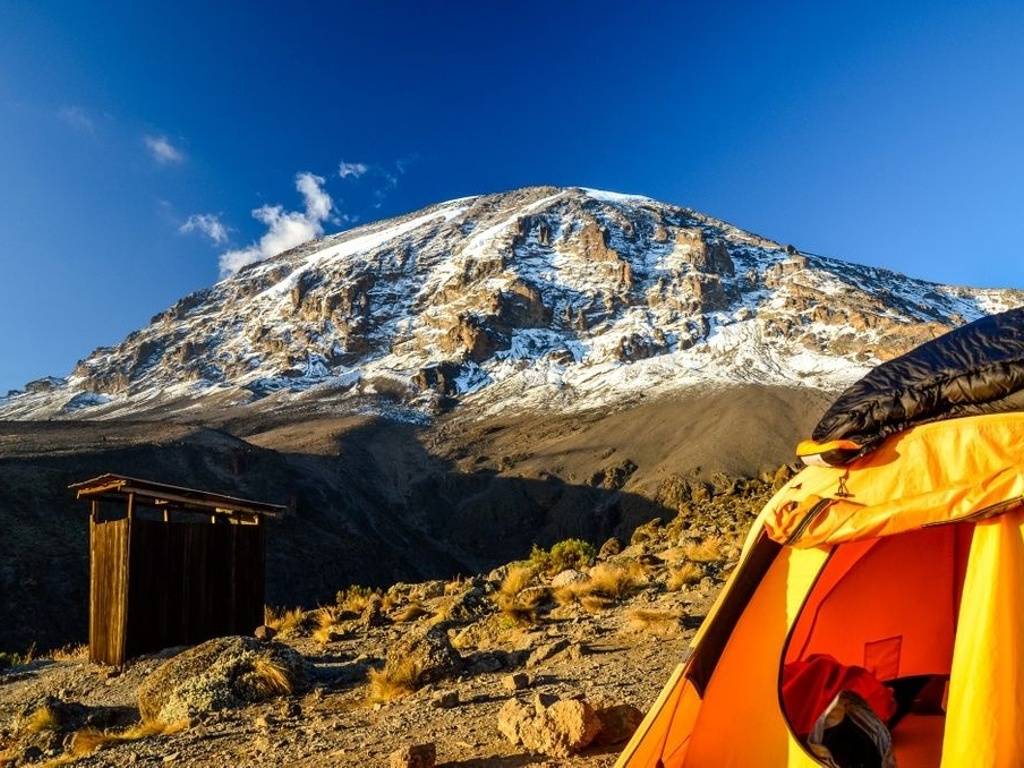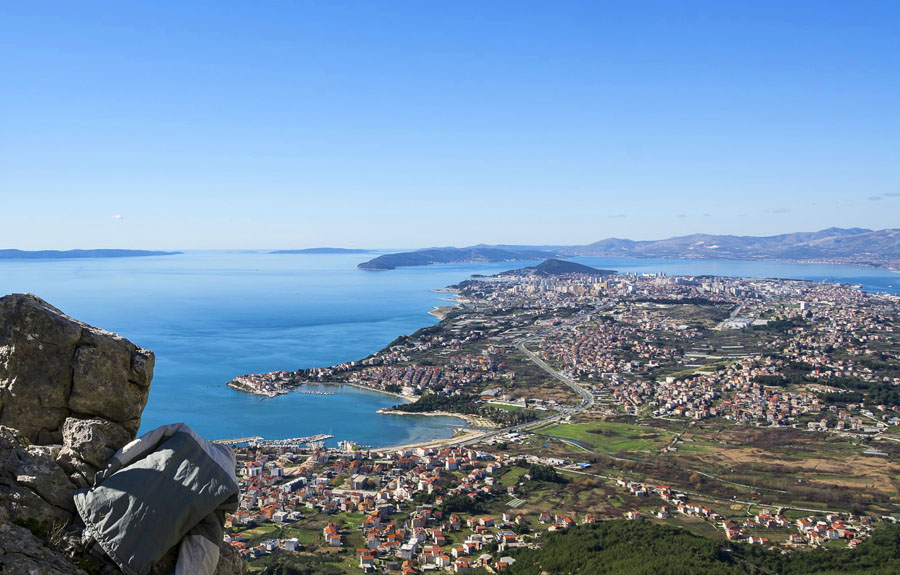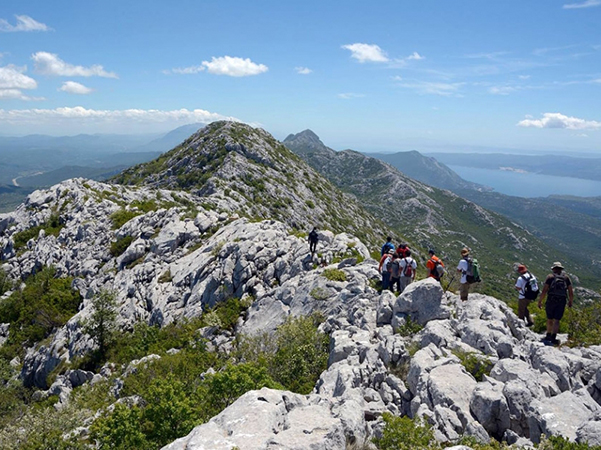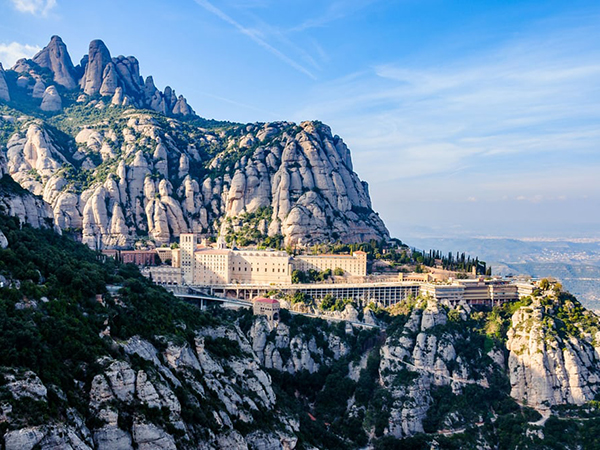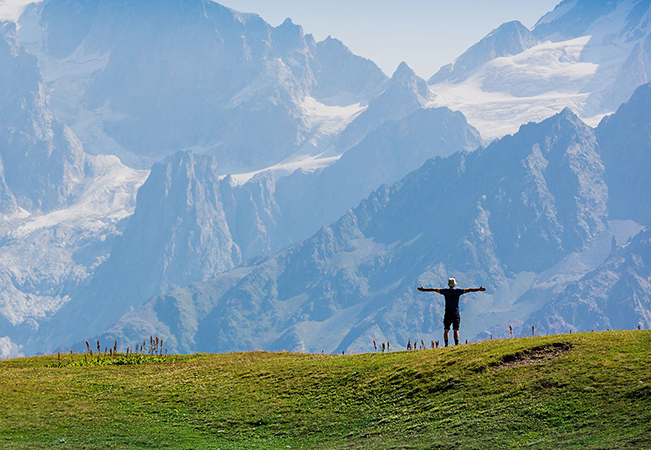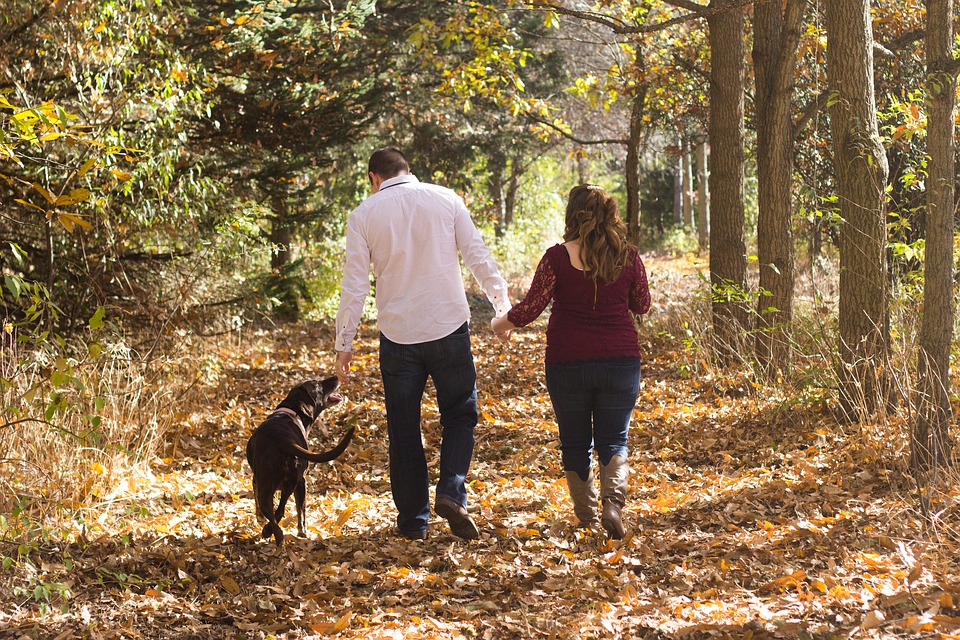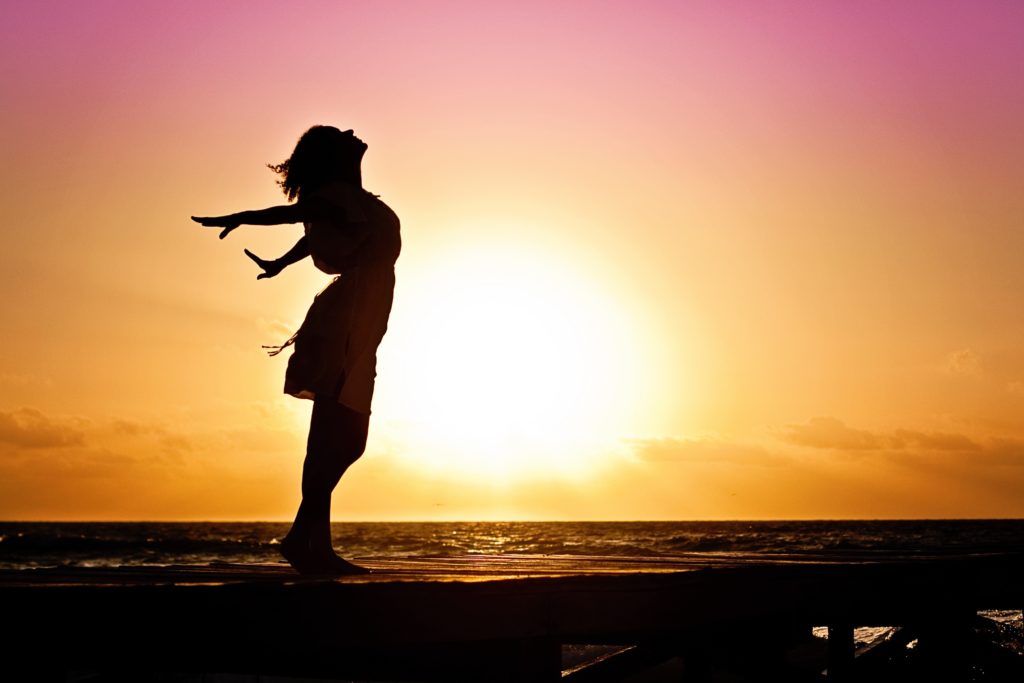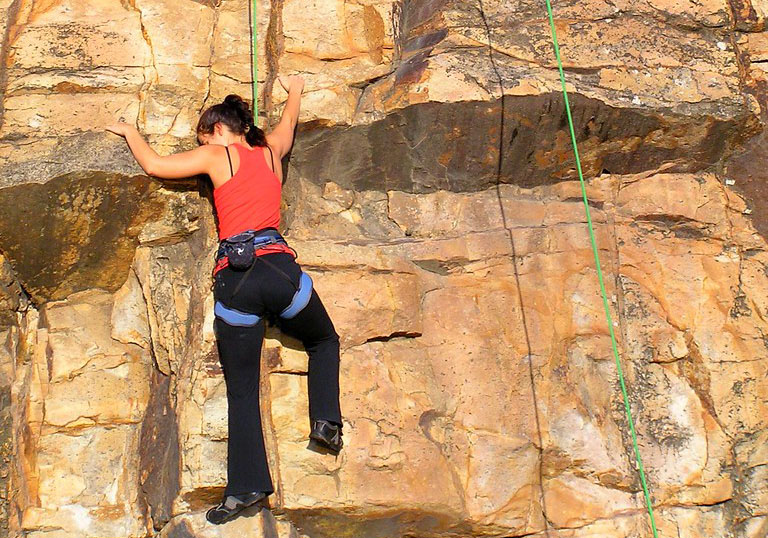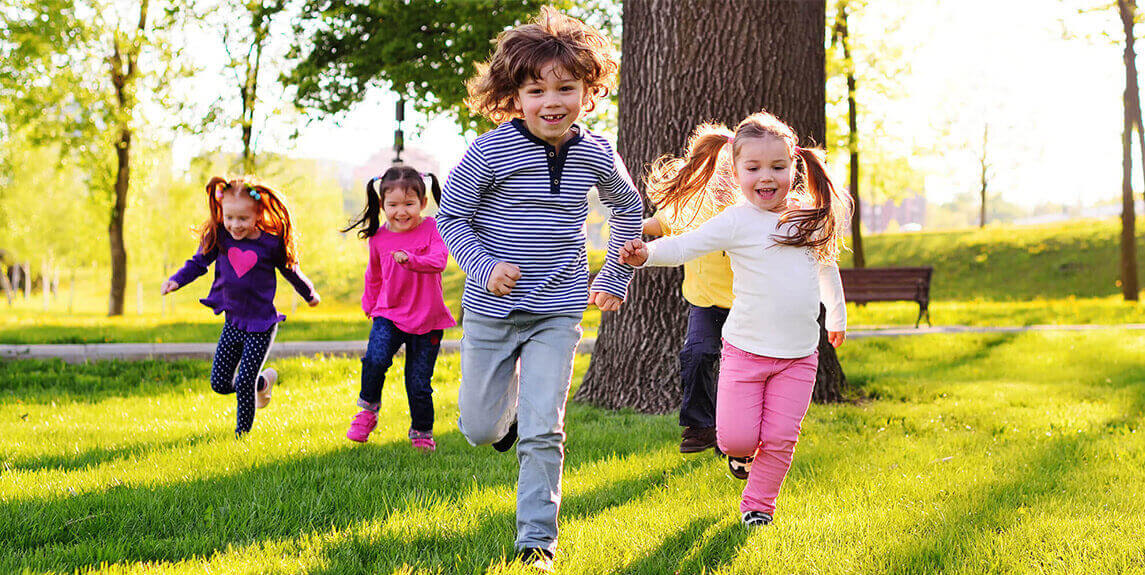Travel clothing
Over-packing is much more common than most of us will admit. As we plan our expeditions, there is an aspirational intention to travel lightly through the world. But, somewhere in those panicked moments between putting the first sock in a bag and waving the folks goodbye, strange events occur and we end up completely over-packing. So, before you stuff a ridiculous amount of clothing into your backpack, let us help you avoid this tendency to over-pack, while still ensuring that you bring exactly what you need.
Packing correctly is a simple art.
- Make a List, or adapt the one below for your own needs. This is essential.
- Lay all the items out on the floor or your bed before packing. Then take a few items away before you even start.
- To be pack-worthy, all of the clothes and accessories you choose should be a dual purpose item, everything should be interchangeable.
- If you are clever, you will choose clothes that are monochrome, one pallete or block coloured, so that you can mix and match. Work with a base of brown, black or blue and add an accent colour to make sure everything works.
- Only take footwear that you know is comfortable.
The Minimalists packing list:
- Shoes – Maximum two pairs. One for walking or for day wear and one pair of dressier shoes if needed, plus a pair of light flip-flops if you’re staying in a hostel. If you need hiking boots, wear them on the plane. You can tie them onto your carry-on or backpack and wear your street shoes at your destination.
- Trousers – You will never need more than three pairs in total. And for those so inclined, this can be swapped to two pairs trousers and one dress or skirt or one pair of shorts.
- Tops – four tops at most, including two tee shirts, a light sweater and a vest top. Base Layer clothing is great for style, fit and practicality and can be used as outer wear too.
- One cardigan or a light jacket that lends itself to being dressed up easily with accessories.
- A Pashmina scarf for women. – This has so many uses: from beach sari, chilly night cover up and protection from the wind or sun.
- Waterproof jacket. – Choose one that is light weight and stylish, which you can carry on to the plane. If the destination requires something heavier, you can also wear on to the plane.
- Scarf, gloves, hat, head torch, pair of sunglasses (depending on the destination and the climate)
- Bathing suit, if needed.
- Basic toiletries.
- Something to sleep in (This can be outdoor clothing that is easily rinsed out).
- 5pairs of pants, 2 bras, 5 pairs of socks.
This seem like a lot. But, it really isn’t. We are counting on you wearing some of the clothes while you travel! The rest you might consider rolling, rather than folding to ensure a better fit in your backpack and less creasing. Rinse clothes out when necessary. And finally, count what you didn’t use when you get back and don’t pack it again.
Traveling light makes sense. It means not paying for that extra bag on some airlines and it avoids the annoying queues for luggage drop off. The return journey is when you may really appreciate the joy of a traveling light. We all know how clothes, miraculously and inexplicably tend to expand when away. They refuse to fit back into the same space they enjoyed on the outward journey. Add to this, the few souvenirs or gifts you were given and it makes packing for the return journey a potential nightmare. But if you travel light from the start of the road, you should reach the finish line with a smile and light load for all your Outdoor Adventures.


